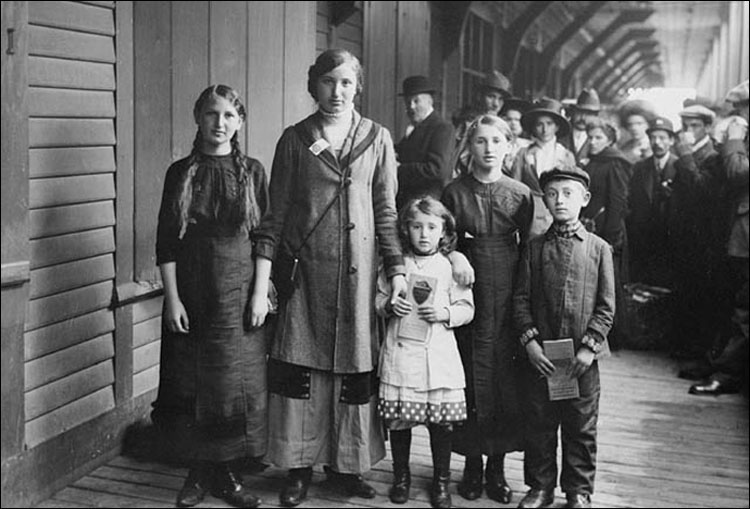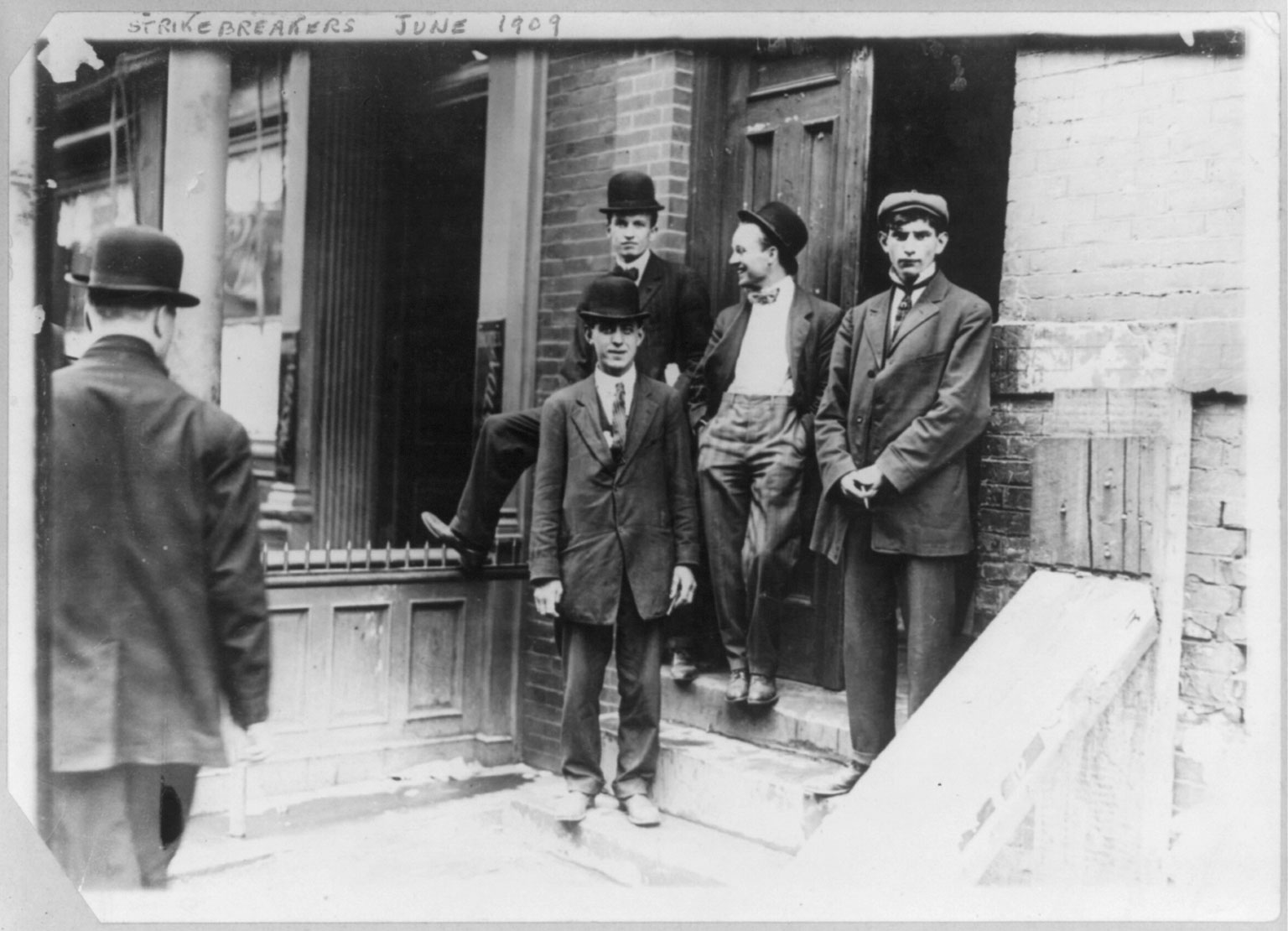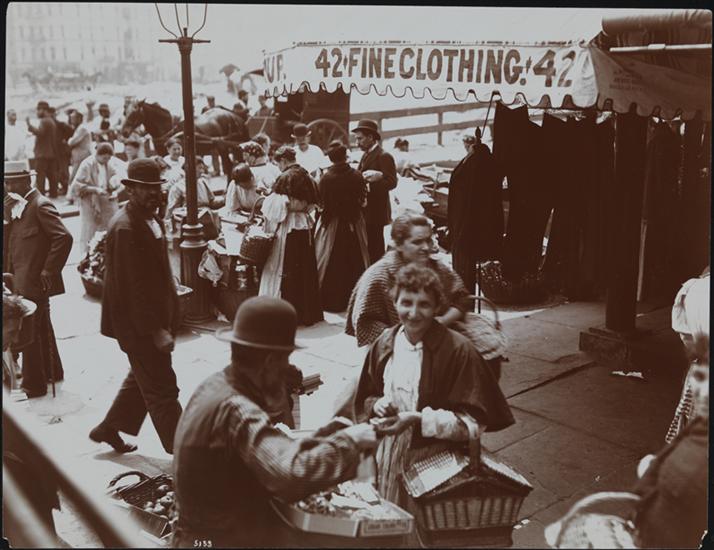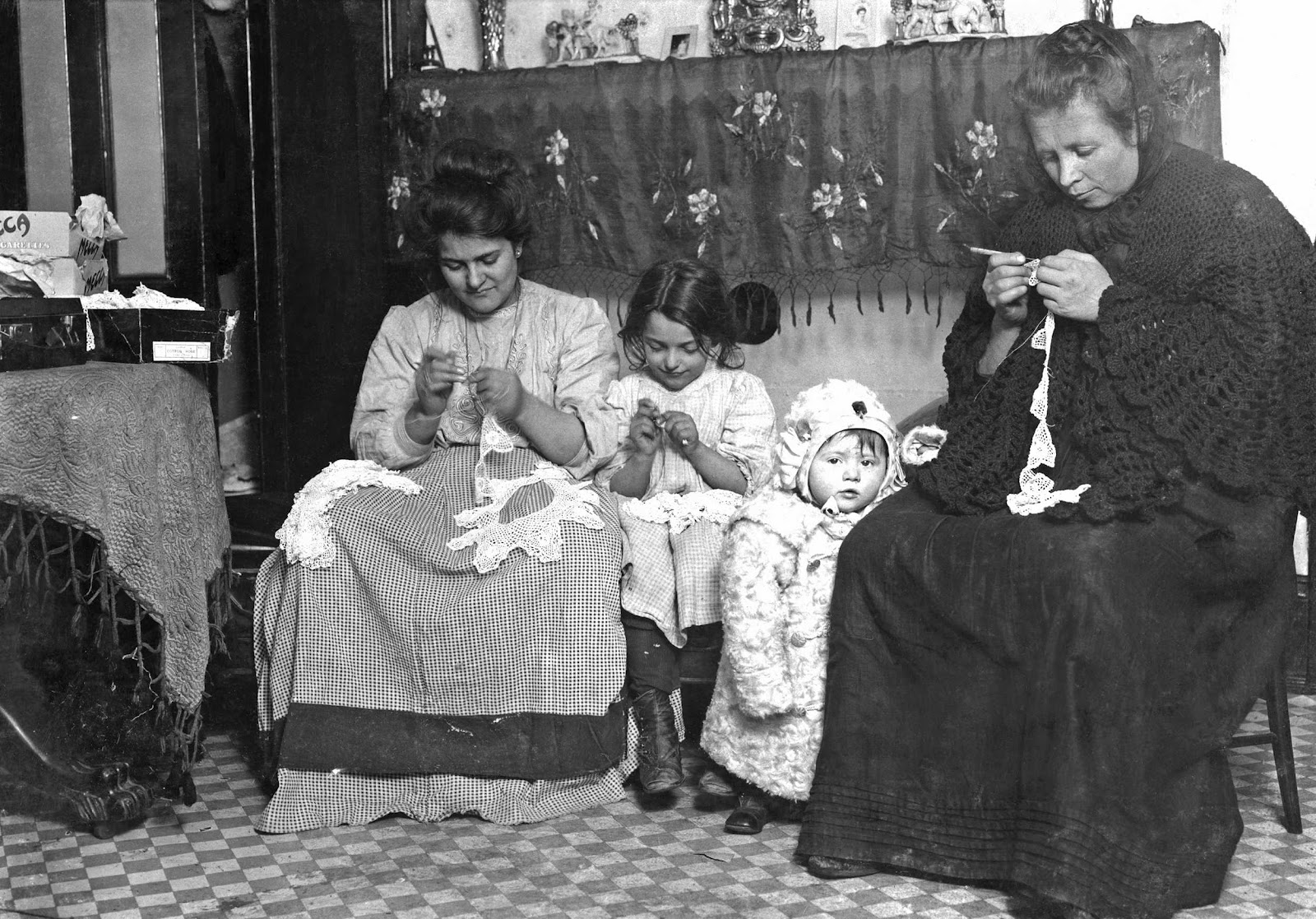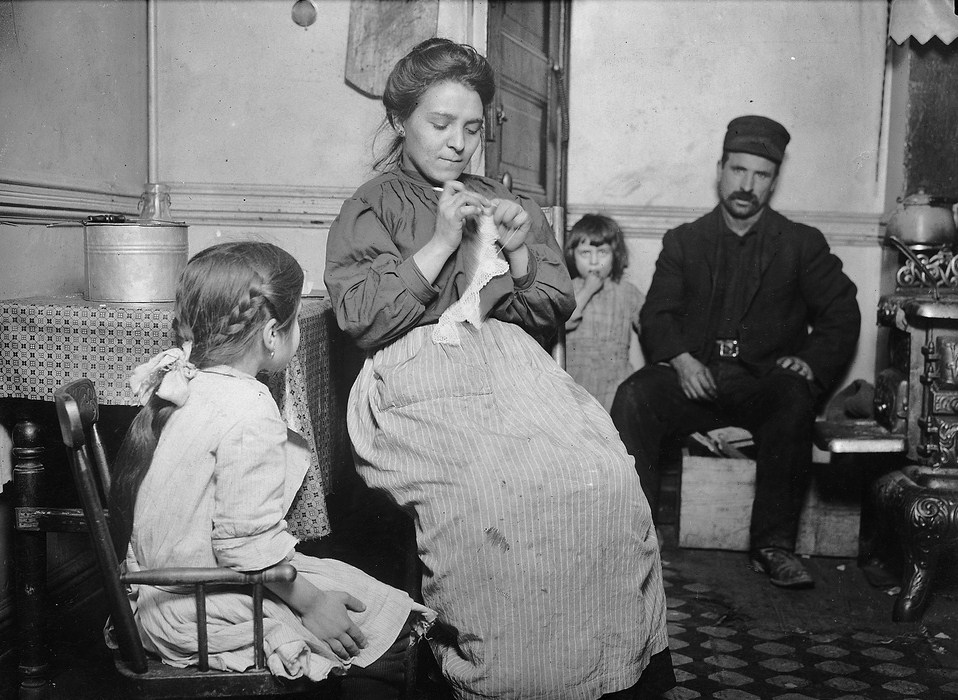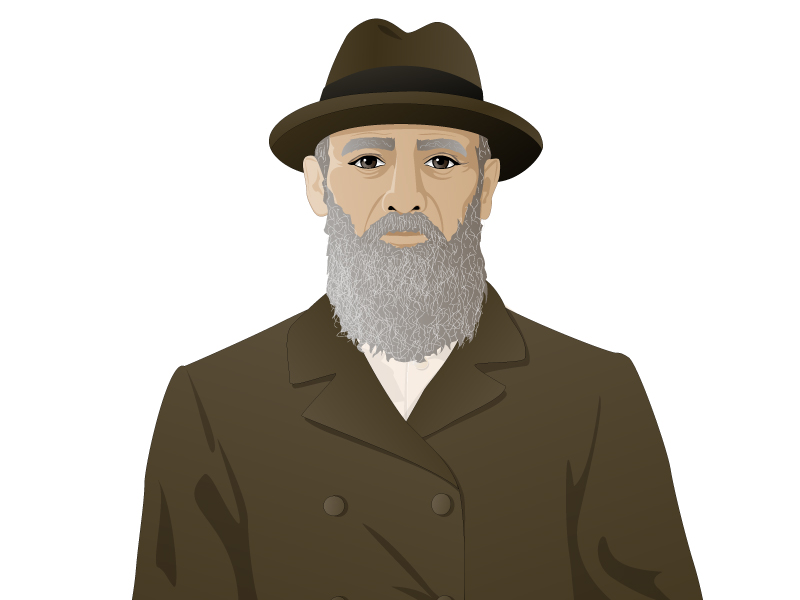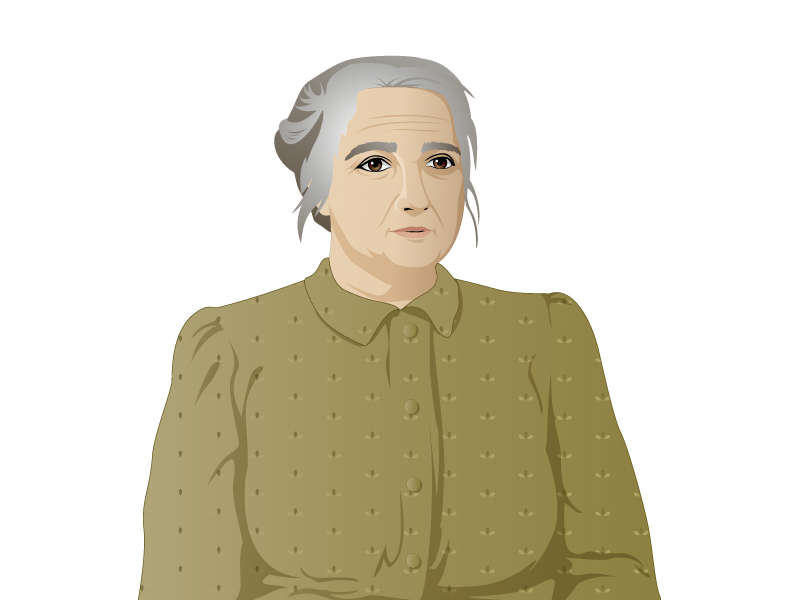On FITC & Advice for New Designers
Ivonne Karamoy
I'm happy to be working in this industry and am constantly encouraged by what other designers and makers are doing. Last year at FITC, I was inspired by so many speakers. Their work was varied, some doing traditional and digital illustration, others designing/developing for the web, still others working on motion graphics for films. It's incredible the variety of things you can do with design and technology.
I was lucky to attend FITC last year thanks to the FITC Women's initiative - HUGE kudos to the organizers for encouraging more diversity in the overall conference circuit! I'd love to attend again to (re)connect with people, to learn and discover new ideas, challenge existing ones and, of course, to be inspired by the speakers.
For those who are thinking of entering this industry or are just starting out, welcome! I know it can be overwhelming starting out and trying to figure out where to go, what to do, how to do it, but you'll find your place in it.
I found my place in design. That's my experience and that's the place from which I give my advice to you...
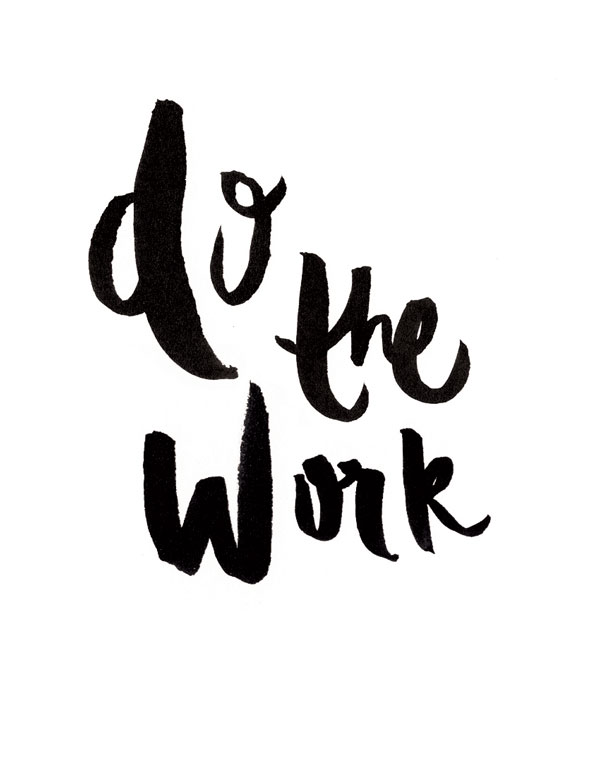
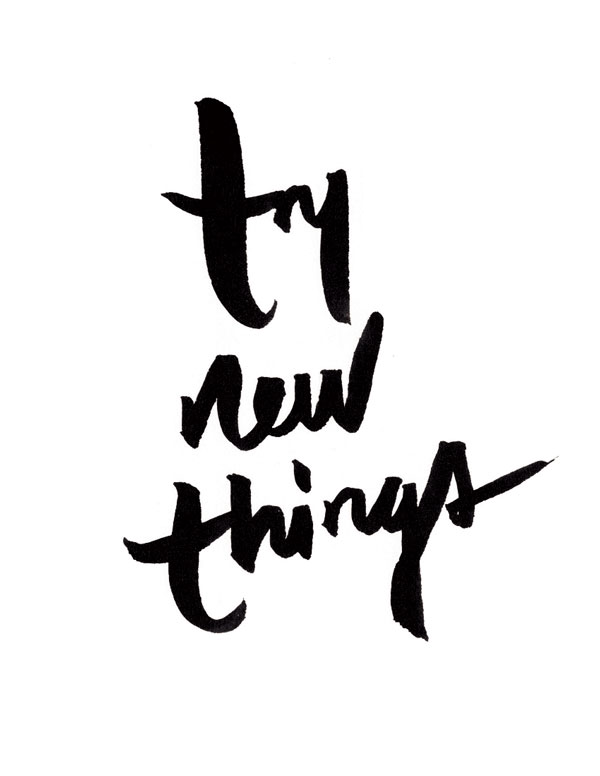
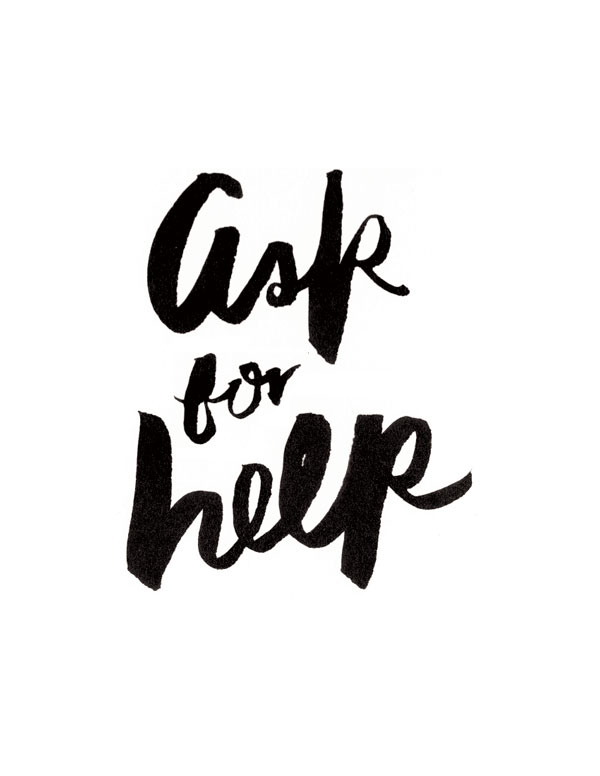
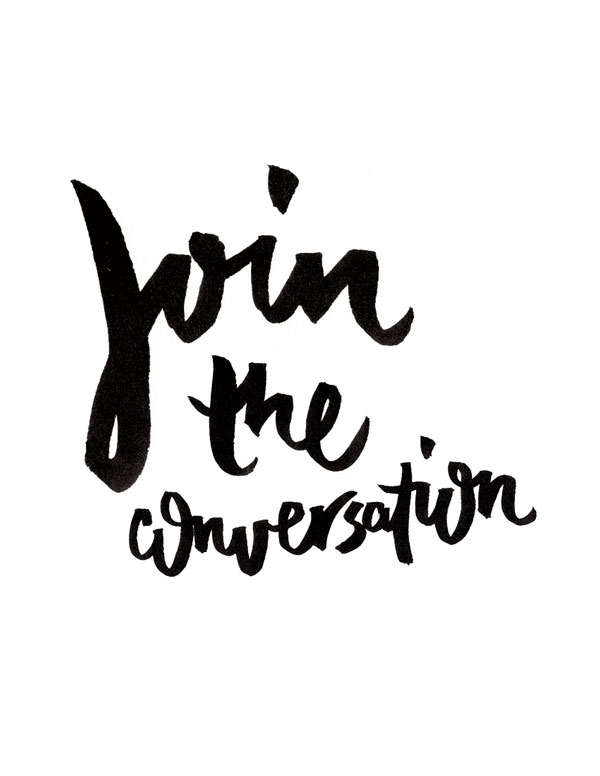
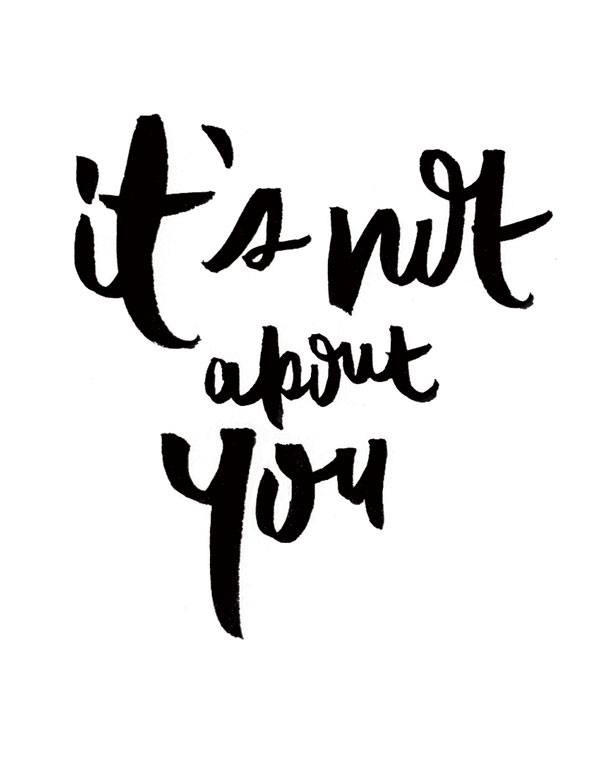
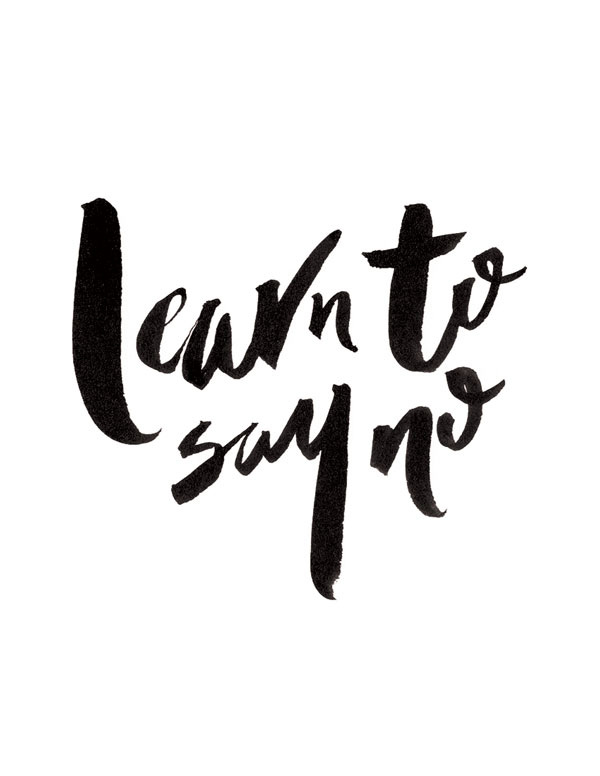
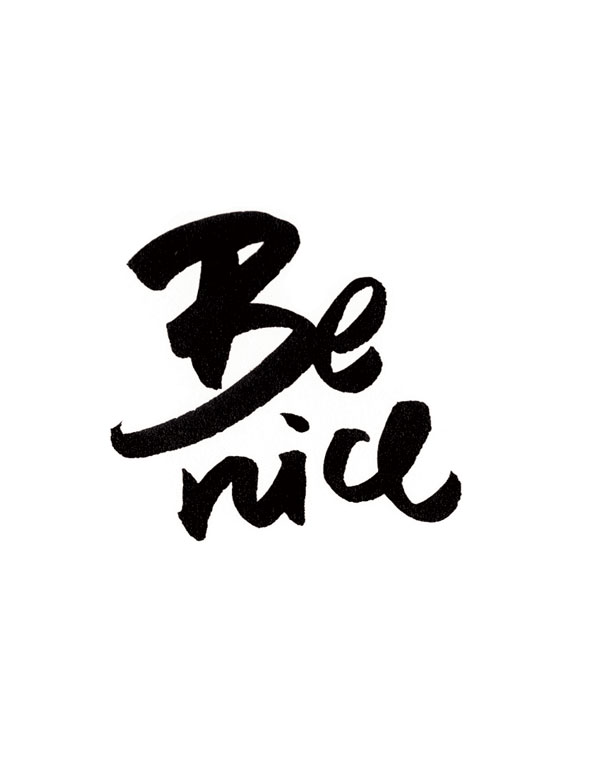
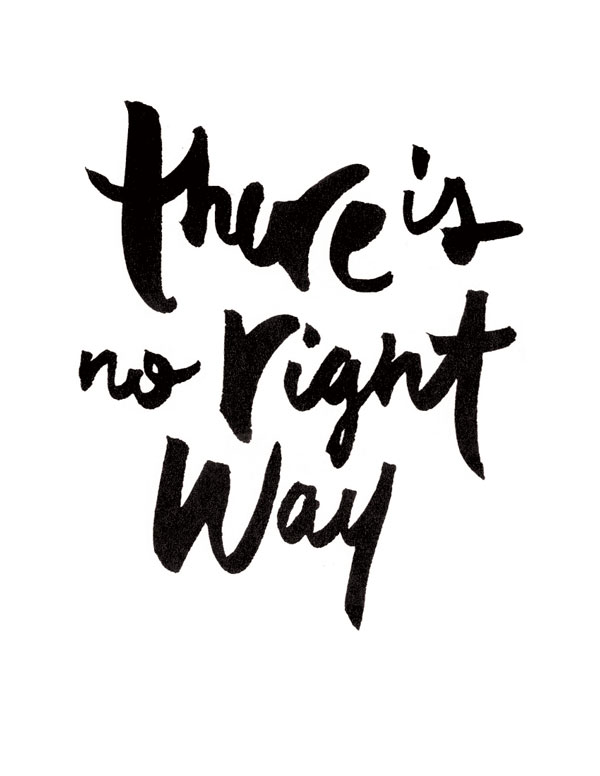
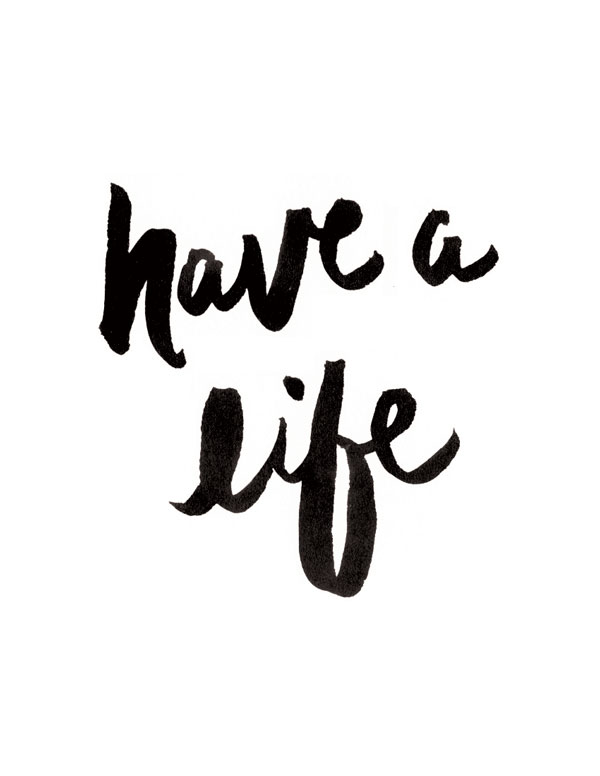

1. Do the work
It's easy to talk about ideas, but ideas are useless if you don't do anything with them. Put your head down and do the work. Whether that's client work, personal work or contributing to an open source project. Approach everything as an opportunity to showcase your skills. Because the more you do, the more you learn.
2. Try new things
Meet new people, try new tools and processes, read different ideas, go to conferences and meetups, step out of your comfort zone. That's how you evolve and grow in this industry.
About conferences & meetups: Whenever possible, go to them! You learn so much and you meet such incredible people.
3. Ask for help
No one builds anything in a vacuum. The beauty of our industry is that help is readily available - reach out on Twitter, email someone, go to a meetup. You'll find that there are so many people ready to help you. And remember #7 when you reach out to people...
4. Join the conversation
As you discover things through your work, put it out there. Share your ideas, opinions and processes. It's beneficial for you to be able to articulate what you're doing. You'll find that writing and talking to others helps you process your thoughts and ideas and builds your communication skills. No matter what part of the business you're working in, those communication skills will help you, whether it's talking to clients, team members or managers. If you can't explain why you did what you did (whether it be design, code or management style) then why should anyone listen to you–how will you stand by your decisions when questioned?
5. It's not about you
In design, and often in development, our work is for others. We design/build things for other people to use/consume. Think of the people who are going to be using what you're creating. Put yourself in their shoes. Open your mind to other ways of thinking or perceiving. How you do things or perceive things is not the only way.
6. Learn to say no
When you start out in your career, I encourage you to say yes to many things (read #2 above). Try working on different projects and with different people. But as you progress through your career and gain experience, be selective with the work you do and who you work with. This is your career, your life, your time - you can't get any of it back once you use it. Work on projects that you get excited about. And work with people who value your contributions and respect you.
7. Be nice
It should go without saying that you should be nice when working with and meeting new people. Be considerate and courteous, listen to people and really give them your attention. Contribute to the conversation and debate ideas but always do it in a respectful way. Opportunities come from the connections you make. The people you work with and encounter are just as important–sometimes more so–than the work that you do in your career. You may have great ideas but you will always be remembered by your character.
Also, defend against those people who aren't being nice to others. This is OUR community. Help to cultivate an environment where people are accepted and encouraged.
8. There is no right way
There are incredible people in this industry doing cool things all the time. They've found their voice and their way of doing things it's worked for them. Don't fall into the trap of comparing yourself to others. It can be hard, especially when you're inspired by others in this industry but do you. Cultivate your ideas, find the tools and processes that work for you. Everyone has their own voice and their own way, including you.
9. Have a life
It's so easy when you're working in this industry to constantly read things, do things, try things and stay connected. Many of us sit at a computer all day and when you're inspired it's hard to step away from that. But it's equally important to step away and live your life. Spend time with your family and friends face-to-face, go out into nature and enjoy non-digital life, talk to people outside of this industry, TRAVEL!! The things you do outside of work refuels you, recharges you and inspires you. It will clear your mind and soothe your soul. Being a more well rounded person will help you in your work and in your career.
10. Be grateful
This industry changes fast and you're always looking for the next thing to tackle or the next project to work on. But remember to take a moment every now and then to be grateful for the opportunities you have and the work you're doing. There will be challenging times but if you love working in this industry, remember to enjoy it and appreciate it. We are lucky to be living at a time where design and technology work together and where we can produce things so readily and share it with the world.
Good luck and reach out–we're here to help!

